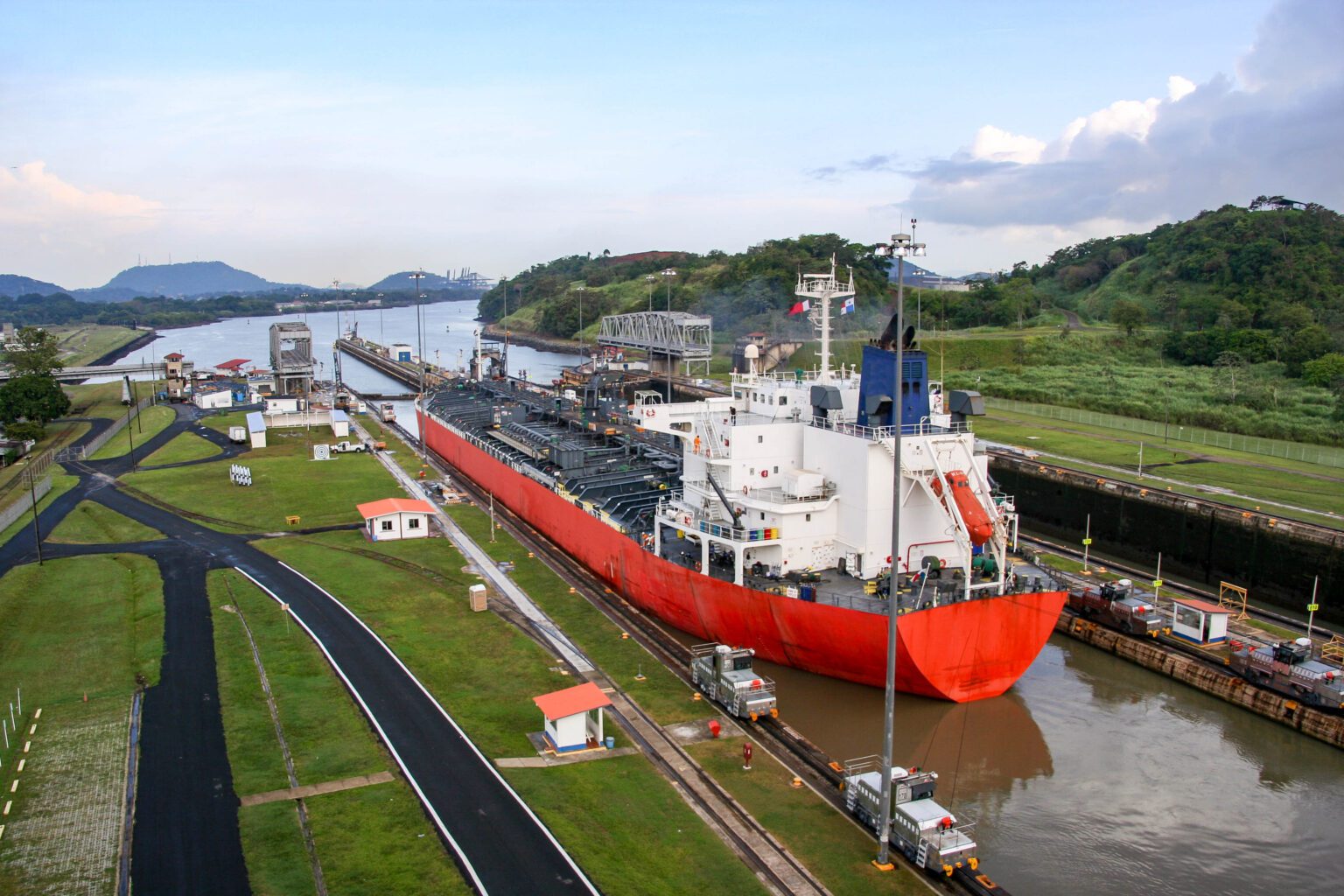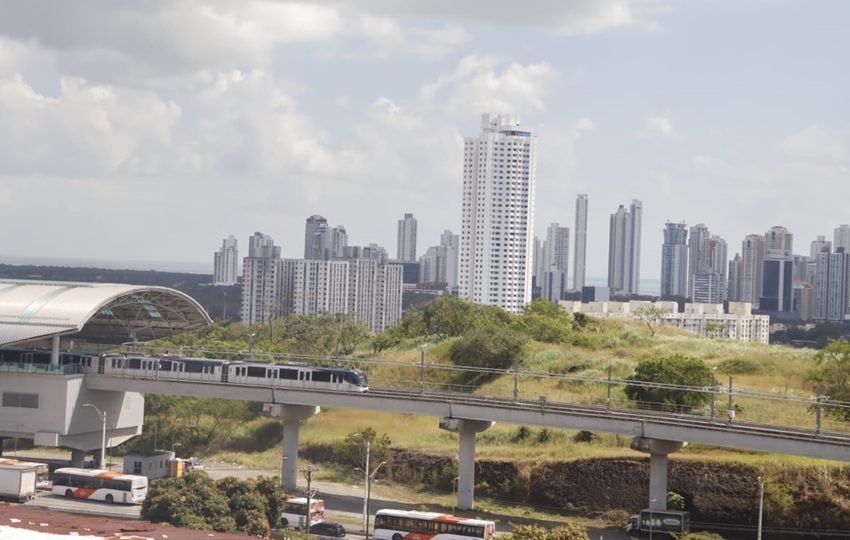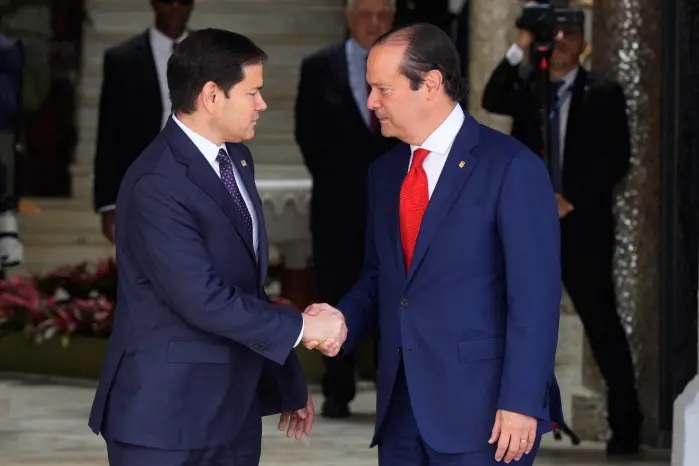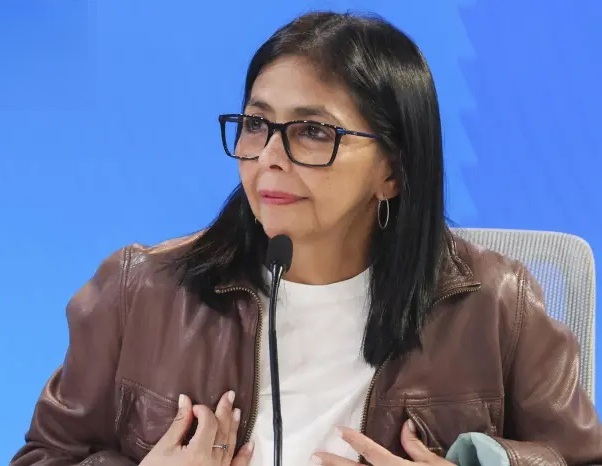On National Day at the Osaka Expo, Panama Showcases its Indigenous Roots
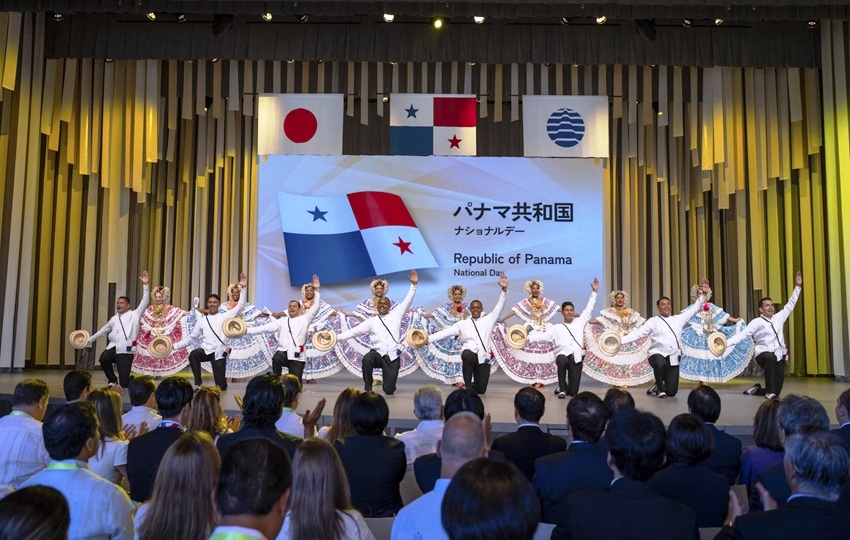
Panama celebrated its National Day this Saturday at the Osaka Expo with a cultural program that highlighted its indigenous roots through a dance performance attended by the country’s president, José Raúl Mulino. The event began with the traditional flag-raising to the playing of the Panamanian and Japanese national anthems, the host country’s national anthems. Authorities emphasized the close maritime and commercial ties the two countries share, with the Panama Canal as its main hub, and Panama’s role as a hub in Latin America. Casually dressed in the traditional Camisilla, President Mulino pictured below, took the stage to send a direct message about his country: “Panama is the host of the world.” “At the Panama Pavilion, under the theme ‘Saving Lives,’ we present to the world that we are: a small country in size but immense in its dedication to service.
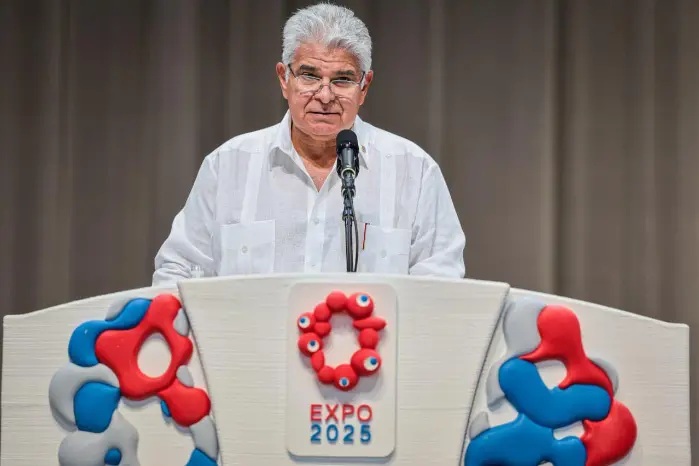
We host trade, ships, migratory birds, and whales. We host congresses and conventions, culture, religion, tourists, ships, investments, and multinationals,” he stated. The president proudly highlighted his country’s status as one of the few carbon-negative nations. “This commitment to sustainability is the foundation of our development,” he said. The Panamanian president highlighted the importance of Universal Expositions as a seed of cooperation and investment, and in particular, looked back to the 1970 Osaka Expo, where Panama was also present and which strengthened bilateral relations, as it would lay the groundwork for Japanese companies to choose Panama to establish their regional headquarters. Starting with Panasonic in 1976, today more than 40 companies from the Asian country have their regional headquarters in Panama.
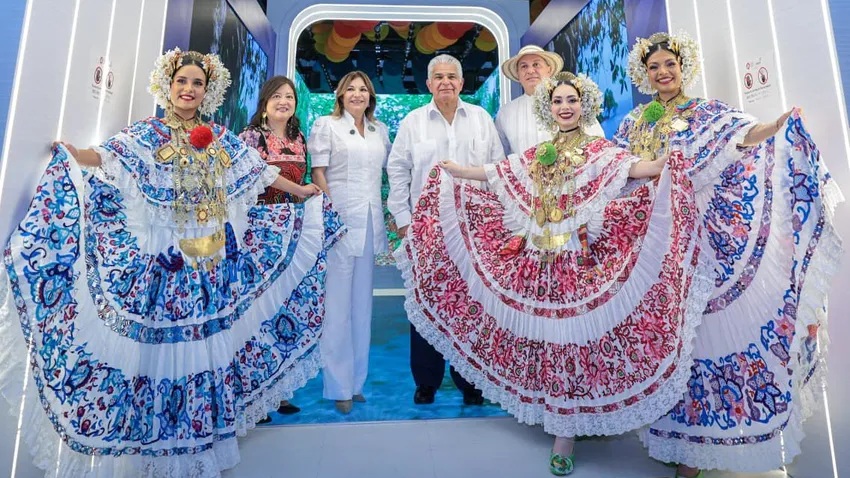
Mulino highlighted the signing of a memorandum of understanding between the Panama Chamber of Commerce and the Osaka Chamber of Commerce during Expo 2025, and invited fair visitors to explore and visit his country to discover its charms firsthand. “This time we’ll see each other here, and I hope to see each other there soon,” said the President of the Republic. Following the speeches, cultural performances for Panama Day took place, consisting of two parts: several performances of Panamanian dances and a traditional tsugi-jishi dance performance from the Japanese town of Imabari, an important Japanese naval port twinned with Panama City since 1977.
The Panamanian performances were “a living example” of the experiences Panama offers and a tour of the “cultural heritage” of the seven indigenous groups that have defined the current Panamanian people, said Any Lam Chong, Vice Consul General and Deputy Commissioner General of the Panamanian pavilion, during the event. Mulino, accompanied by First Lady Maricel Cohen de Mulino and the rest of his delegation, as well as representatives of the Japanese authorities, including Hisayuki Fujii, Minister of State for Foreign Affairs, enjoyed Guna and Emberá dance performances and resonated with the rhythm of the Congo Dance. Panamanian indigenous groups “are integral to Panama’s economy, and it is also important to integrate them into the cultural presentations,” the Deputy Commissioner told news media.
These groups, the diplomat explained, are a fundamental part of processes such as coffee production, in which they participate “from the harvesting of the beans to their processing and even their sale in a cafe or supermarket.” She asserted that the Panamanian people are “very proud” of these roots. In addition to indigenous dances, the performances included folk dances such as El Punto and the inevitable Cumbia. Diablillos Sucios (Diablillos Sucios) gracefully graced the stage, while the dancers’ traditional Pollera Panameña (Panama Pollera) swung gracefully before the diplomatic delegations and curious Expo visitors who stopped by. After the official Panama Day events, President Mulino proceeded to lunch and visits the Japanese Pavilion before traveling to the Panama Pavilion and leading the authorities through it to conclude his official public activities for the day. More than two million people have already visited the Panamanian pavilion, the president revealed, and officials expect that number to rise to three million by the close of the Expo on October 13.


